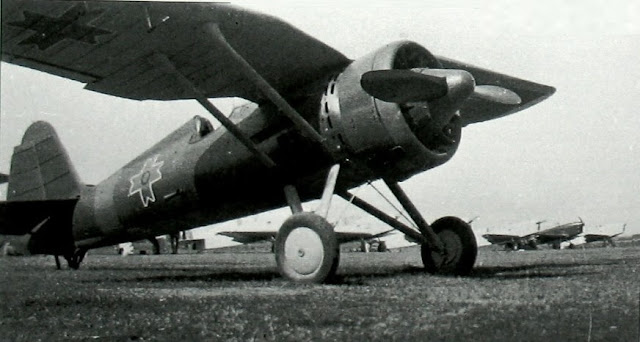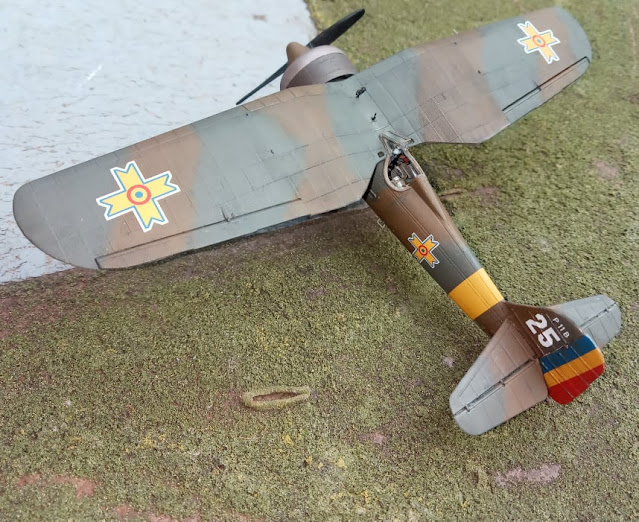" ..The book-a-zine/Mook is a magazine disguised as a book. It brings together several articles on the same subject but is competitively priced (£9.99 for Luftwaffe fighters..'). By way of comparison, the format is almost the same as Lela Presse's 'Air Battles' with 130 pages and over a hundred photos. The ten articles of this Volume I written by Neil Page include general accounts (the evolution of the Bf 109, the birth of the Jagdwaffe), descriptions of campaigns (Norway 1940, Malta 1942, Courland 1945), a 20-page unit history (JG 51) as well as short or long biographies of little-known heavy or light fighter aviators (Biderbick, von Winterfeldt, Böttner, Kaschuba,... ). In other words the author has compiled a very wide overview of the history of the German day fighter arm, which is innovative and not lacking in interest. Recommended for aficionados of the history of WW II in the air..."
"Siko" on amazon.co.uk
"I’ll keep this short, this is a really interesting read with many new accounts and also lavishly illustrated with photos throughout, covering some lesser known units of the Luftwaffe and the fighter pilots who flew in them. Each account is liberally scattered with stories of combat, most of which seem new to me. Includes a very interesting piece on Reinhard Heydrich's career as a fighter pilot. Well worth picking up or as I did, free delivery through Morton's website..."
"..a great bookazine and I'm looking forward to the next volume.."
Leon Venter on TOCH
"...Morton's new "Luftwaffe fighters .." is a well-researched, high-quality publication that's a pleasure to read. Its eleven chapters are wide-ranging -- each describes a particular unit, pilot, aircraft or campaign. The narratives contain many personal accounts from lesser-known aces and ordinary Jagdflieger, with interesting insights about pilots, aircraft handling, armament, tactics, and operational conditions. At 130 pages, it's excellent value. It's profusely illustrated with excellent, well-captioned photographs, and even includes a glossary and a mini German grammar guide..."


























